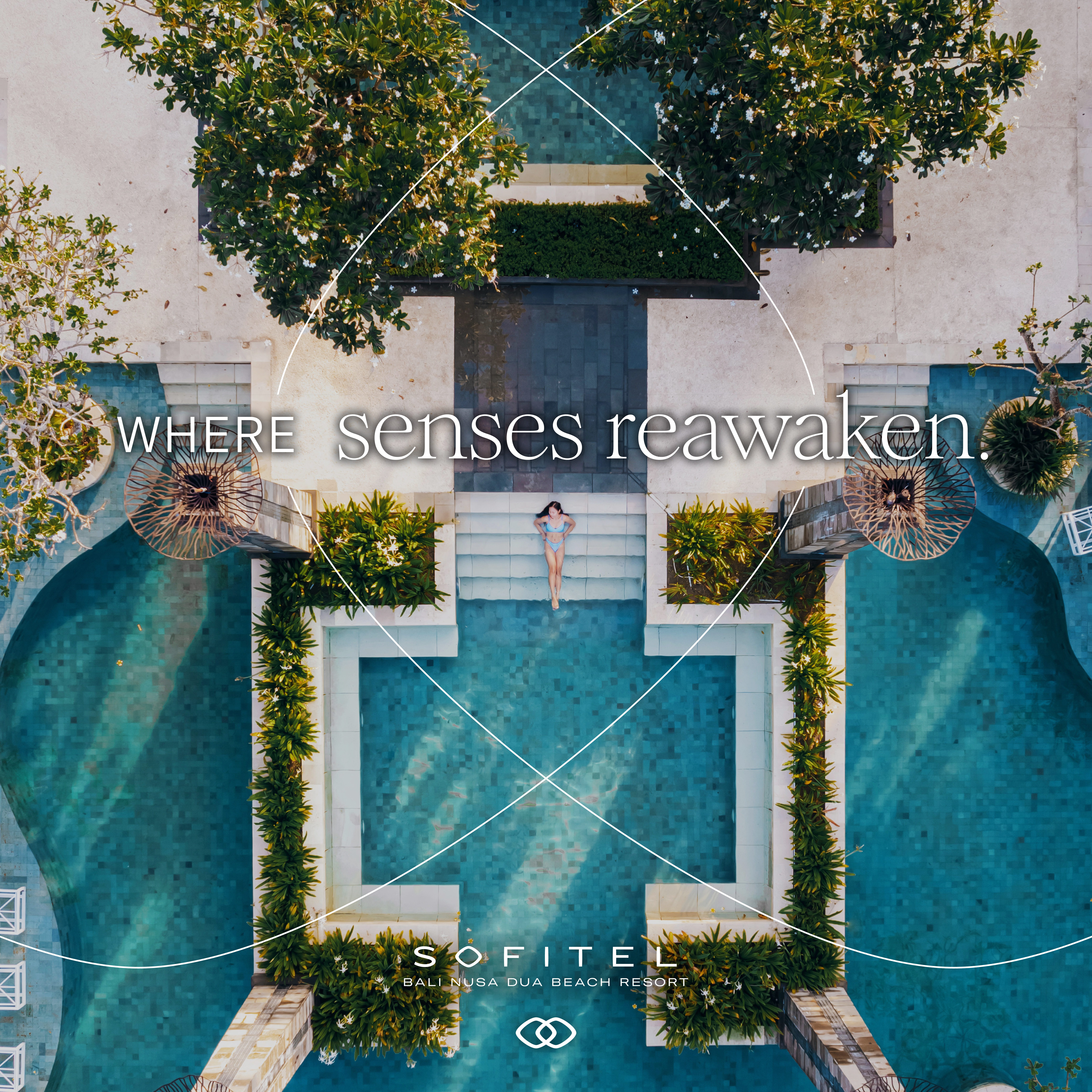What makes a neighbourhood truly captivating? Is it the quiet charm of hidden beaches, the buzz of craft breweries, or perhaps a natural wine bar tucked away on a side street? Or maybe it’s the timeless allure of heritage sites, where history comes to life in every stone. While vibrant street art and scenic spots set the scene, the world’s most captivating neighbourhoods hold a deeper magic. These are places where the local spirit thrives, where a cozy café reveals the soul of the community and each street corner tells a story of history, creativity, and resilience. Step into neighbourhoods that beckon with intrigue, inviting you to explore, uncover hidden histories, and embrace unexpected adventures.
1. Sanur, Bali Indonesia
 Image source: Sanurresortwatujimbar.com
Image source: Sanurresortwatujimbar.com
Sanur Beach, one of Bali’s earliest resort areas, still exudes a rich sense of history and a serene, laid-back charm. Stretching along Bali’s east coast, Sanur’s shoreline is lined with some of the island’s oldest hotels and boutique resorts, set against the breathtaking beauty of the “Morning of the World” sunrise. This historic coastal gem is celebrated in records detailing Bali’s past, preserving its quiet allure amid a modern, upscale lifestyle that’s ideal for families and couples seeking calm and tranquility away from the island’s more crowded areas.
Sanur’s long beach offers shallow, inviting waters perfect for a leisurely swim, with colorful jukung fishing boats resting on the shore and a paved cycling path that beckons walkers and cyclists alike. Enjoy breakfast by the water as the sun rises, or sip a refreshing drink in one of the many charming beachside cafés in the afternoon. Visit the local turtle conservation center, or stroll through Sanur’s humble neighborhoods, where quiet, lively streets reveal the authentic, vibrant spirit of Bali without the usual crowds.

Where to Stay:
Stay at Sanur Resort Watujimbar, where Balinese charm meets modern comfort right by Sanur’s peaceful beach. This is your spot for a laid-back escape, just steps from the oceans blue waters, with all the cozy touches you need to relax. Take a dip in the spacious pools, lounge on a daybed, and enjoy pool views, private Jacuzzis, and everything else to make your stay feel extra special.
Takes your foodie adventure at Tamblingan Café, where local flavors mix with Western favorites for a taste that’s a little bit of both worlds. Or, for something more casual, hang out at the Lagoon Pool Bar with refreshing drinks and tasty bites to make your poolside lounging even better.
If you’re looking for a private retreat, check out the Plunge Pool rooms, a little oasis where you can truly unwind. Spend your days exploring Sanur by strolling along the beach, browsing cozy cafés, or visiting the turtle conservation centre. Art lovers can take a peek at the nearby Le Mayeur Museum, a unique little gem that’s worth a visit. At Sanur Watujimbar Resort, every day is a chance to make memories and soak up the easygoing Bali vibes.
Address:
2. Thanh kim Sa Pa, Lao Cai, Vietnam
 Image source: topasecolodge.com
Image source: topasecolodge.com
Thanh Kim is a small village in Lao Cai province, about 25 km south of Sapa in northern Vietnam. To reach it, you can rent a motorbike or take a mototaxi from Sapa, as there are no public transport options unless you have a private car. The road is in good condition but takes you through the scenic Muong Hoa Valley. While Sapa is a popular starting point for exploring local ethnic villages, Thanh Kim is quieter and less touristy. Known for its beautiful rice terraces and unique rock formations, it offers a peaceful escape. The best time to visit is from March to May, when the weather is pleasant and the terraces are lush and green.
Where to Stay:
Topas Eco Lodge is a haven for those seeking to connect with nature while supporting sustainable travel. Nestled in the stunning mountains, it offers breathtaking views and the chance to immerse yourself in local culture. Though not a 5-star resort, it provides luxury through its minimalist, eco-friendly design and serene atmosphere, combining Vietnamese stilt houses with Nordic style. The lodge features two saltwater infinity pools: one heated year-round and the other an adults-only sanctuary complete with a jacuzzi, both offering stunning vistas of the terraced fields and surrounding hills. Named by National Geographic as one of the top 50 most unusual places to visit, Topas Eco Lodge is a perfect escape for those wanting to explore hidden trails, stunning scenery, and fascinating culture.
3. Wulingyuan and Yongding District, Zhangjiajie, Hunan China
 Image source: https://national-parks.org/china/zhangjiajie
Image source: https://national-parks.org/china/zhangjiajie
Wulingyuan, the awe-inspiring core of Zhangjiajie, is the surreal landscape that inspired the otherworldly scenes in the film Avatar, with its jaw-dropping cliffs and floating isles brought to life by nature’s artistry. Known for its towering quartzite sandstone pillars, famously dubbed ‘Avatar Mountain,’ this UNESCO World Heritage Site is a vision of natural wonder. At its heart lies the Bailong Elevator, the world’s tallest outdoor lift, which in just two minutes takes you 326 meters up to breathtaking views of the floating mountains that captivated moviegoers. Zhangjiajie National Forest Park, part of this magnificent region, along with the majestic Tianmen Mountain, or ‘Heaven’s Gate Mountain,’ further solidify the area’s reputation as one of the most stunning places on Earth, where nature’s grandeur seems to defy imagination.
Where to stay:
Pullman Zhangjiajie offers an ideal base for exploring the breathtaking beauty of this National Forest Park and 5A-rated scenic wonder. Surrounded by iconic attractions like the Zhangjiajie National Forest Park, Baofeng Lake, Huanglong Cave, and the Zhangjiajie Grand Canyon, guests are immersed in nature’s splendor. For a touch of local culture, the Charming Xiangxi Theater is nearby. After a day of exploration, a variety of trendy restaurants and lively bars—catering to every taste and budget—are just a short stroll away, making it the perfect blend of adventure and comfort.
4. Angkor Thum/Nokor Thum District, Siem Reap, Cambodia
 Image Source: JustSiemReap.com
Image Source: JustSiemReap.com
Angkor Thom, meaning the “Great City,” once stood as the enduring heart of the Khmer Empire, a testament to the grandeur and vision of King Jayavarman VII, who masterminded its impressive architectural legacy. Situated in Sangkat Nokor Thum, Angkor was the empire’s sprawling capital from the 9th to the 15th centuries, its landscape dotted with monumental temples that have stood the test of time. Among them, the awe-inspiring Angkor Wat, with its majestic towers and intricate bas-reliefs, remains a symbol of ancient grandeur, surrounded by a serene moat. Within the walled city of Angkor Thom lies the enigmatic Bayon Temple, famed for its towering, carved faces that seem to watch over the site. Ta Prohm, equally iconic, stands alongside Angkor Wat and Bayon as one of the most visited temples, its unique, otherworldly charm further amplified by its role as the backdrop for the Tomb Raider film. Angkor is not just a place; it is a living testament to an empire’s artistic and cultural might, inviting all who visit to step into a world where history, nature, and legend intertwine.
Where to stay:
The Angkor Archaeological Park preserves its sacred beauty by prohibiting hotels within its grounds, allowing visitors to experience its timeless allure without distraction. Just a short distance from the park, Siem Reap offers a range of accommodations that combine comfort with cultural immersion. For a taste of refined luxury, Sarai Resort & Spa, a Moroccan-inspired boutique haven, is only 800 meters from the lively Old Market, Night Market, and Pub Street, with the majestic Angkor Wat Temples just 7 km away. For those seeking a more adventurous escape, The Beige luxury tent resort offers an exceptional stay amidst the lush surroundings of Angkor. Situated within a landscape rich with UNESCO World Heritage sites, The Beige invites you to connect with the grandeur of Khmer history while embracing the tranquility of nature.
5. Paro District, Bhutan
 Image source: https://www.parotaktsang.org/images/Paro-Taktsang-view.jpg/. https://www.flickr.com/photos/nagarjun/
Image source: https://www.parotaktsang.org/images/Paro-Taktsang-view.jpg/. https://www.flickr.com/photos/nagarjun/
Paro is a district where history, culture, and nature converge in a stunning valley that holds one of Bhutan’s deepest ties to Tibet. This enchanting region has long been a gateway for both trade and historical encounters, with its mountain pass witnessing centuries of connection. At its heart stands the iconic Taktsang Monastery, known as the Tiger’s Nest, a sacred site perched dramatically on the cliffs. As one of the thirteen legendary Tiger Nest Caves, it offers an awe-inspiring experience, where spiritual heritage meets breathtaking natural beauty, inviting all who visit to immerse themselves in Bhutan’s mystical charm.
 Image source: Tenzilinghotels.com
Image source: Tenzilinghotels.com
Where to stay:
For an unforgettable stay, consider Tenzinling Resort or the Tenzinling Luxury Villa Tents. Just 10 kilometers from Paro’s only international airport, these accommodations offer unrivaled views of the sacred Paro Taktsang (Tiger’s Nest) monastery and the sweeping expanse of the Paro Valley. Here, every moment is framed by Bhutan’s serene landscapes and rich spiritual ambiance, creating an experience that is truly timeless.

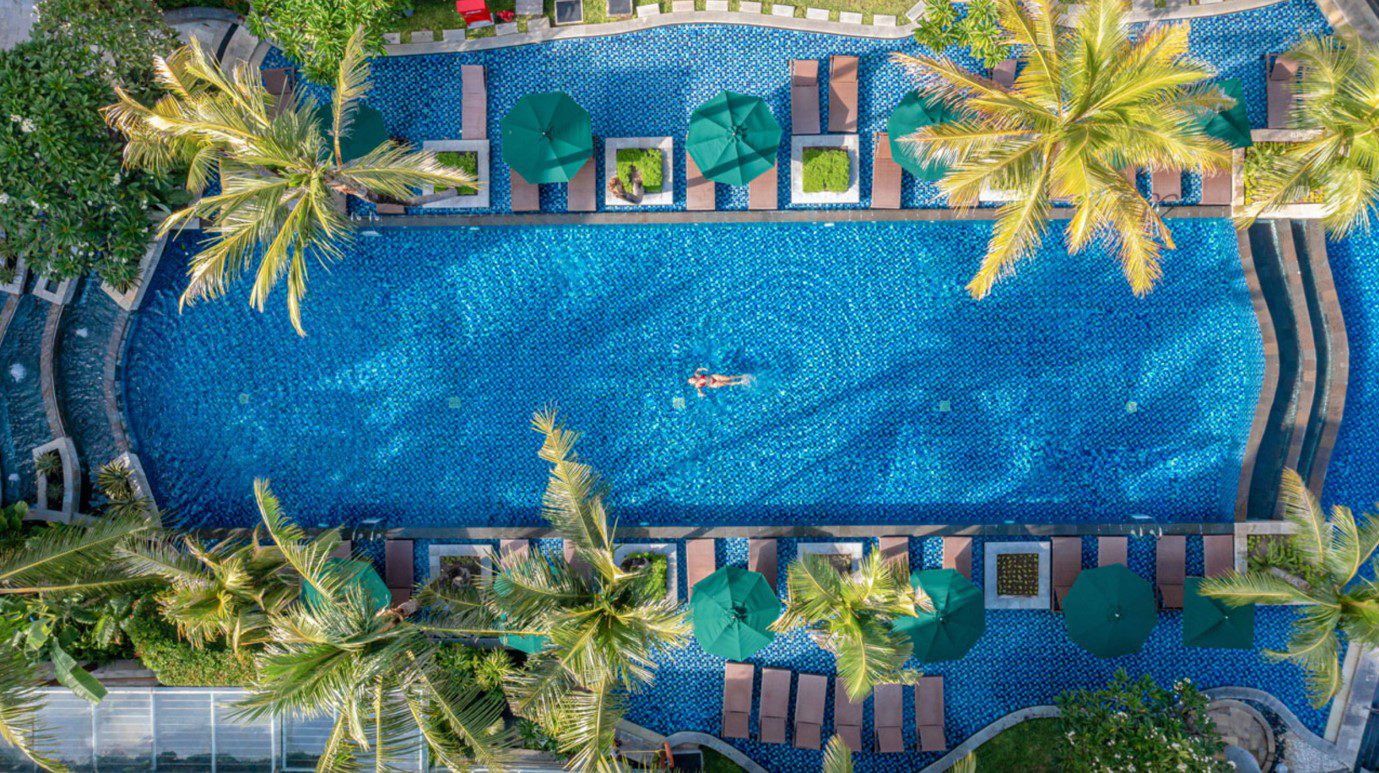
 Image source:
Image source: 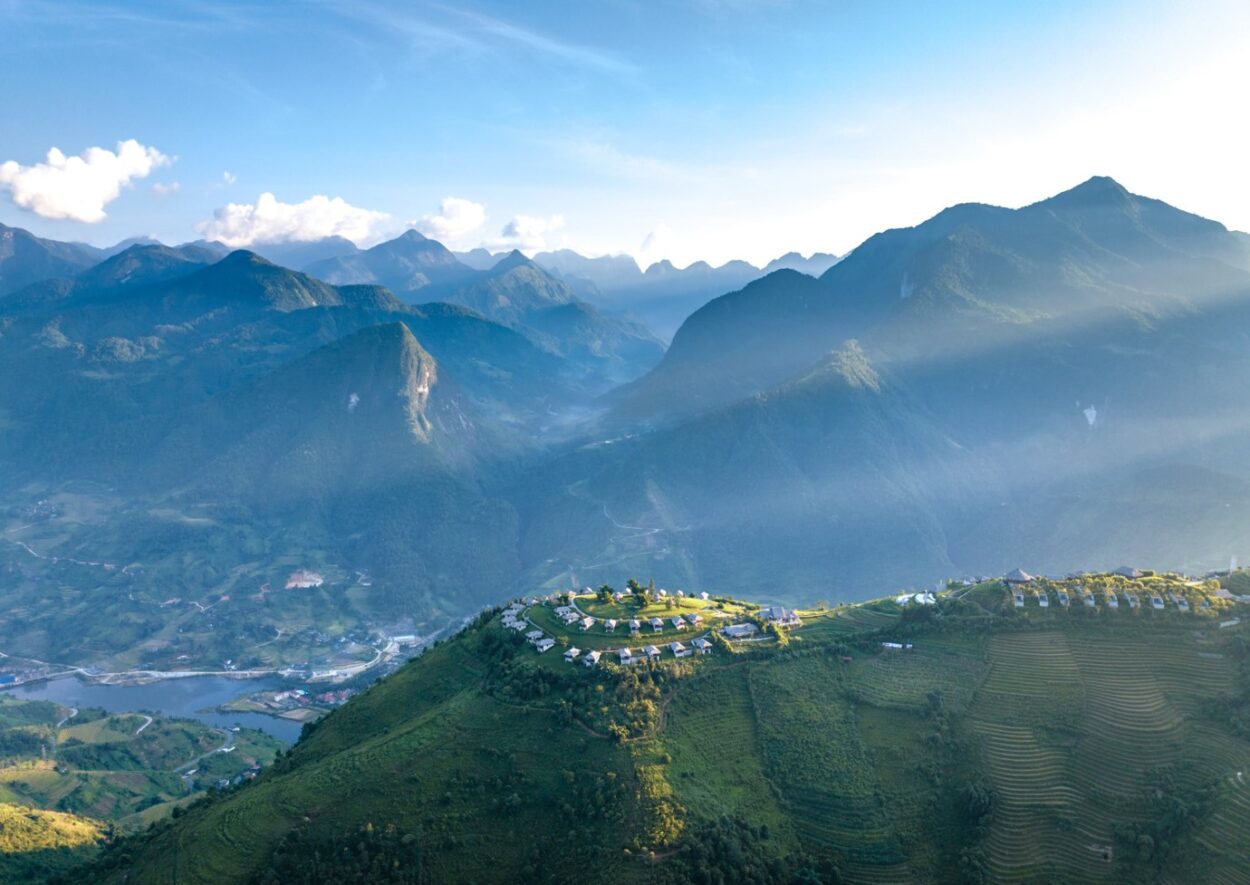 Image source: topasecolodge.com
Image source: topasecolodge.com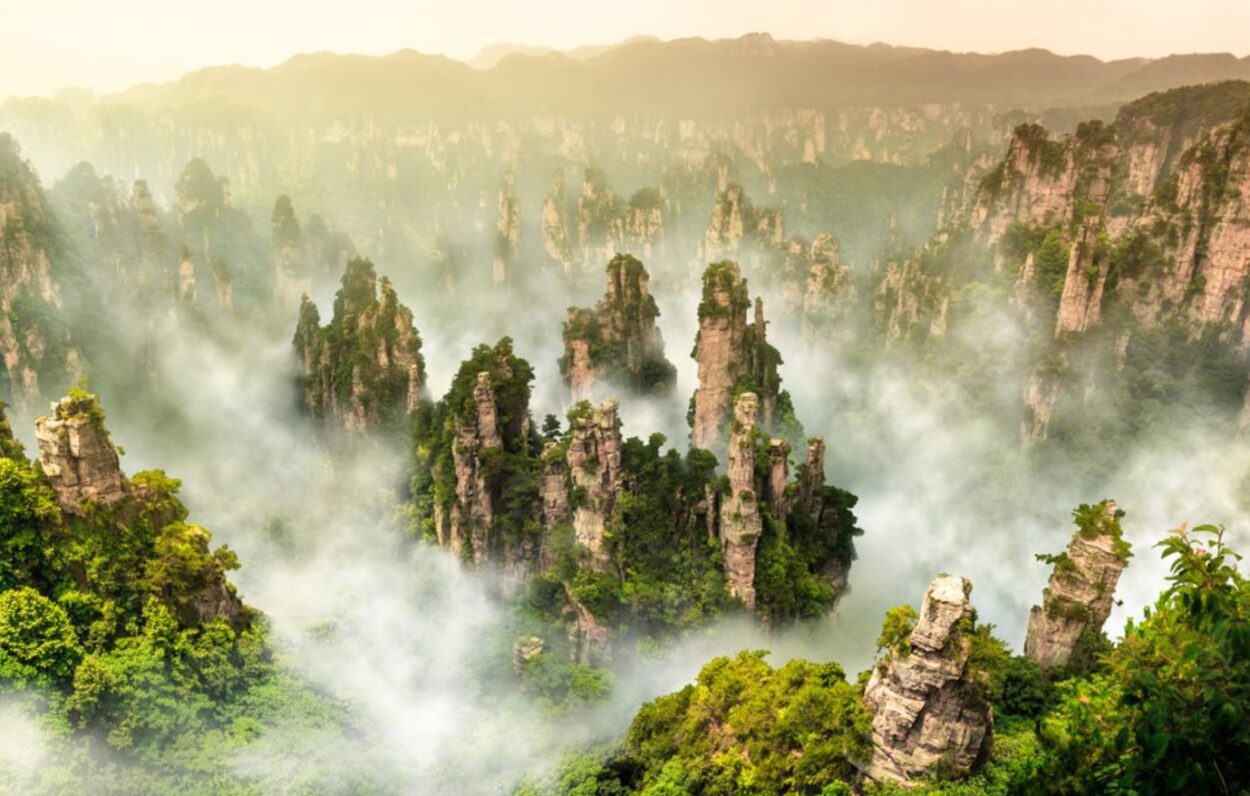 Image source:
Image source: 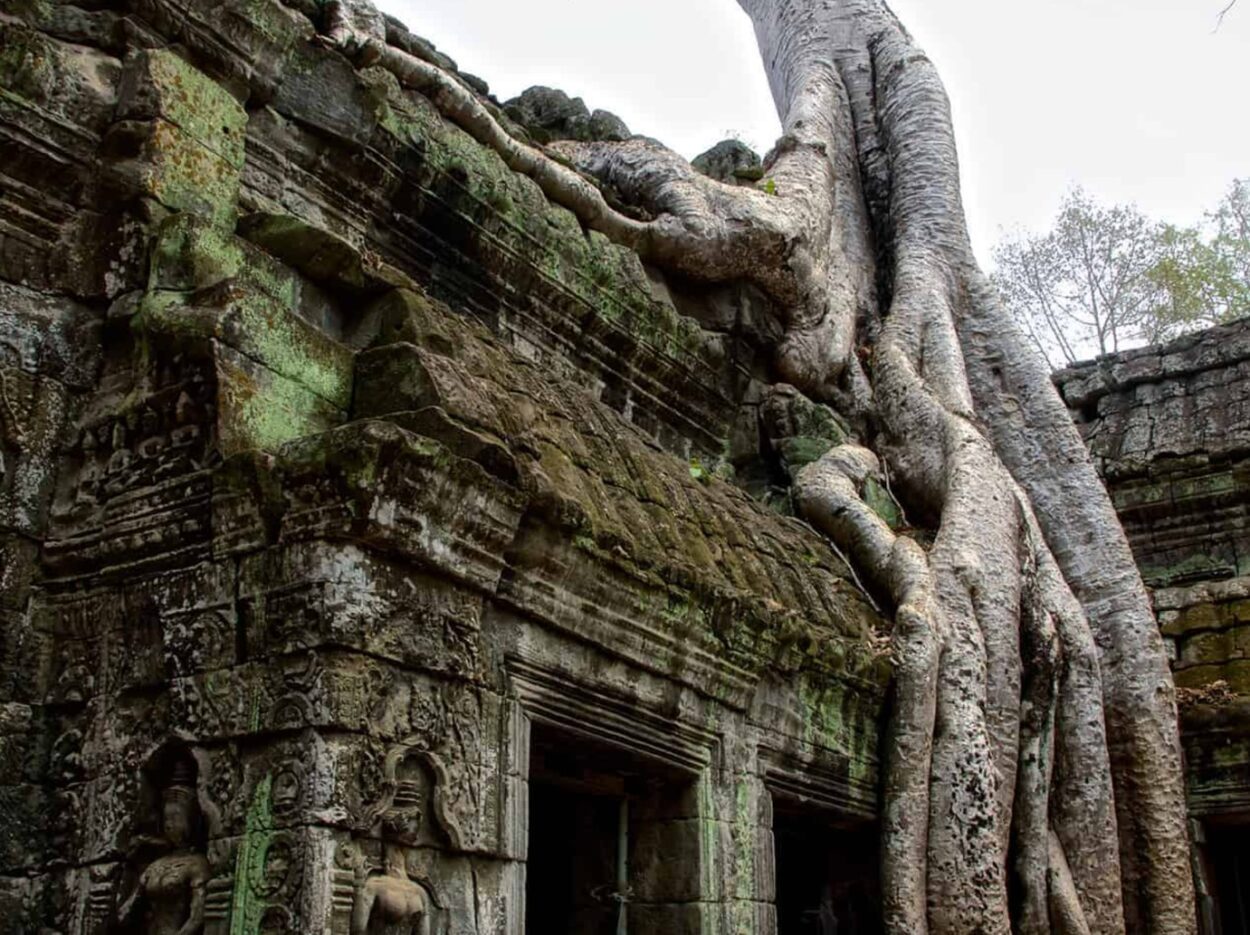 Image Source:
Image Source:  Image source:
Image source: 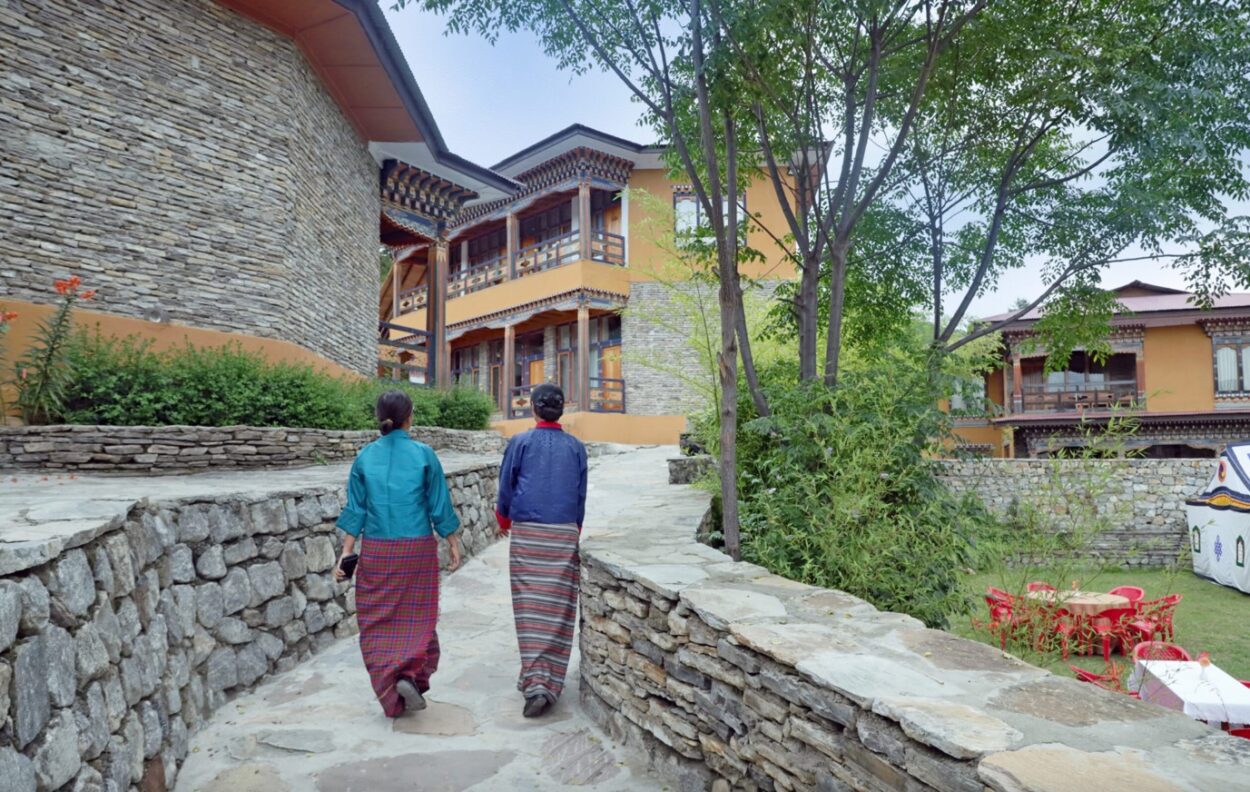 Image source:
Image source: 





